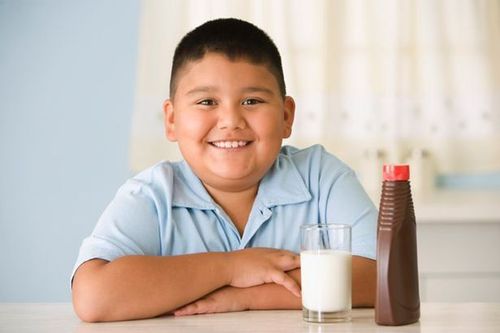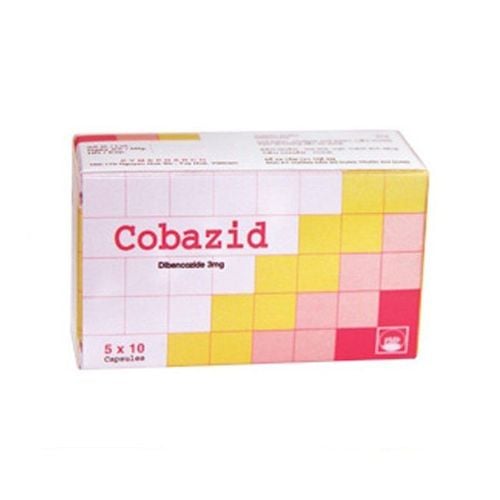This is an automatically translated article.
Preschool children are very hyperactive, energetic and active, so parents need to build a scientific menu for preschool children, ensuring nutrition to well meet the development needs of children according to each age. .
1.Menu for preschool children
1.1 What do preschoolers eat? “Preschoolers can eat what the whole family eats,” says Melinda Johnson, MS, RD, pediatric dietitian and spokesperson for the American Dietetic Association. This allows family meals to include a variety of healthy foods in moderate amounts.
Preschool menus should include mostly healthy foods, such as: lean meats, poultry, seafood, eggs and legumes, whole grains, such as whole-grain breads bran and cereals. Two daily servings of dairy foods and fresh fruits and vegetables.
Kathy Mitchell, MD, a pediatrician in practice at Harvard Vanguard Medical Associates in Watertown, Mass., says, "Remove junk foods like cookies and candy from the home to reduce temptation for preschoolers young. "But don't overdo it. Children can be intensely attracted to prohibited foods."
1.2 Choose healthy foods The My Plate icon is a guide to help parents and children have a healthy diet. My Plate can help choose a variety of foods while promoting the right amount of calories and fat.
The US Department of Health and Human Services has prepared meals to make food selections for children 2 years of age and older.
The My Plate icon is divided into 5 food groups, emphasizing the nutritional value of those listed below:
Grains: Foods made from wheat, rice, oats, cornmeal, barley are cereal products. Focus on adding whole grains. Vegetables: Diversify vegetables in the nutrition of preschool children. Choose a variety of colorful vegetables. These can include dark green, red and orange vegetables, legumes (peas and beans) and starchy vegetables.

Đa dạng hóa các loại rau trong chế độ dinh dưỡng của trẻ mầm non
Fruit: Any fruit or 100% juice counts as part of the fruit group. Fruit can be fresh, canned, frozen or dried and can be left whole, chopped or pureed. The American Academy of Pediatrics recommends no more than 120 ml of juice per day for children 1 to 3 years old and 120 to 180 ml per day for children 4 to 6 years old. Dairy products: Butter and milk products are essential for a child's development and they are also considered part of this food group. Therefore, parents should prioritize adding fat-free or low-fat products, as well as foods high in calcium. Protein. In the process of taking care of preschool children, it is advisable to give your baby a lot of protein through low-fat or lean meats, poultry or fish, nuts, seeds, peas and beans. Oils are not a food group, but some, like vegetable oils, have essential nutrients and can be included in a preschool child's diet. Animal fats as solid fats should be avoided. Encourage daily exercise and physical activity with a healthy eating plan.
2. Make time for meals when taking care of preschool children
Regular family meals offer the opportunity for good nutrition and much more. Eating together encourages appropriate table manners and promotes language development, as well as conversational skills. Parents should minimize the distraction of young children by turning off the TV and phone while eating. This educates children that mealtime is spent enjoying healthy food and nurturing meaningful relationships.
While normal eating habits are comfortable for children, this with preschoolers can be chaotic and messy. Food can be spilled and preschoolers often eat sloppily while they're still honing their self-feeding skills. Parents do not avoid becoming a "clean guy" to reduce stress during mealtime.
Johnson once said: “Being too strict about the neatness of the table can make children feel bad when they spill milk or get food on their clothes”

Gia đình nên dành thời gian cho bữa ăn khi chăm sóc trẻ mầm non
Here are some helpful suggestions on what to do during mealtime for preschoolers:
Prepare meals carefully, feed them on a schedule, and limit unplanned eating. Scheduling meals and snacks helps ensure a healthy diet for preschoolers. Focus on eating, not playing with food, or playing at the dinner table. Running or playing while eating can cause your child to choke. Have the child sit while eating. Limit television even educational programs. According to new research in the Archives of Pediatric and Adolescent Medicine, three-year-olds who watch two or more hours of television daily are nearly three times more likely to be overweight than children who watch less. Continue to offer a variety of foods. This wants to inform children that sooner or later, they will also need to learn to eat nearly all foods. Make mealtimes as pleasant as possible and don't pressure your child to eat. Don't force your child to "clean up" his or her plate. This can lead to overeating causing the child to gain excessive weight. Children will be hungry at mealtime if they have limited snacking during the day. Be a role model for children in building healthy eating habits. Preschoolers copy what they see their parents do. If parents have unhealthy eating habits, it will be difficult for children to learn how to eat healthy. Young children love to imitate adults and they will imitate their parents' eating habits, whether they are good or in need of improvement. Respect your preschooler's ability to decide how much and when to eat. Because children have the ability to regulate the amount of food consumed in the body. When researchers gave preschoolers a pair of macaroni and cheese, children ate more. But when researchers put double-sized portions in bowls and let the kids eat, they tended to choose the right amount of food for their age: 1/2 cup for 3-year-olds and 3-year-olds. /4 cup for 4 and 5 year olds. Parents can provide a daily multivitamin suitable for the age of preschool children under the advice of a doctor. Multivitamins fill the small nutritional gaps in the diets of picky eaters, especially iron, a nutrient important for brain development, immune system, and energy levels. When knowing what preschool children eat and how to take care of preschool children, parents need to come up with a scientific diet to help children absorb nutrients and develop best for each stage.

Cha mẹ cần đưa ra một chế độ ăn uống khoa học để giúp trẻ hấp thu dinh dưỡng
Children who do not eat properly are at risk of micro-mineral deficiency causing anorexia, growth retardation, malabsorption,... If they notice the above signs, parents should supplement their children with products. The supplement contains lysine, essential micro-minerals and vitamins such as zinc, chromium, selenium, and B vitamins to help fully meet the nutritional needs of children. At the same time, these essential vitamins also support digestion, enhance nutrient absorption, help improve anorexia, and help children eat well.
Parents can learn more:
Signs of zinc deficiency in children
Micronutrient deficiency and failure to gain weight in children
Please regularly visit Vinmec.com website and update useful information to take care of your child. Take care of the baby and the whole family.
Reference source: webmd.com - stanfordchildrens.org













